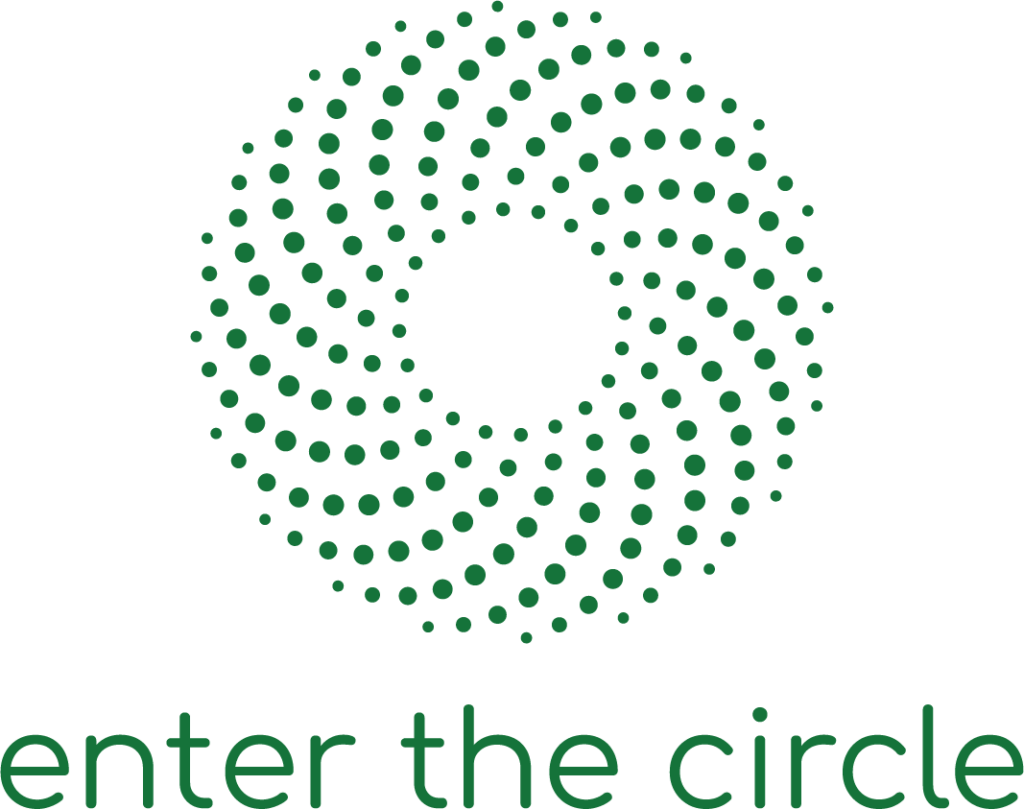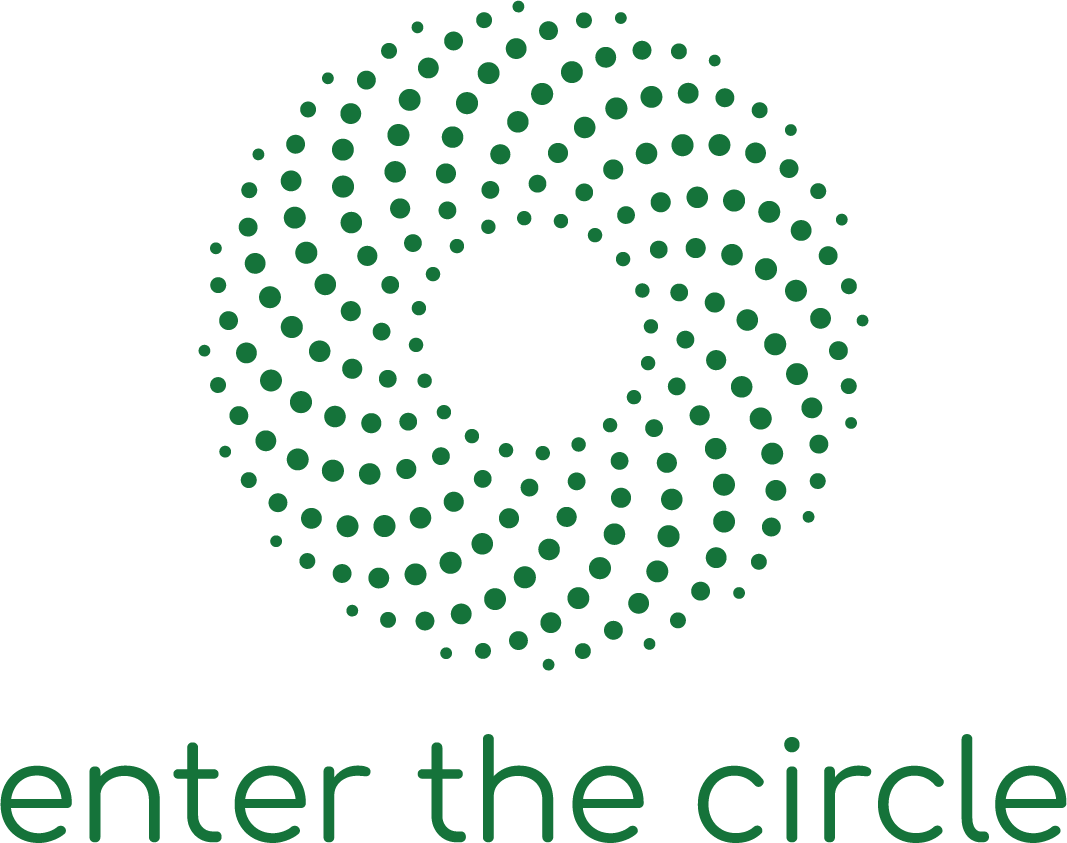According to the European Environment Agency, doubling the CMUR from 11.7% in 2020 to 23.4% in 2030 is a vital goal. This ambitious target requires an annual increase of 1.3 percentage points on average. However, historical data shows that progress has been slow, with an increase of only 0.4 percentage points annually in 2004-2010 and merely 0.1 percentage points in the past decade. The urgency to accelerate change is undeniable, and the path ahead will undoubtedly be challenging.
The CMUR can be elevated by reducing domestic material consumption in the EU economy through improved resource efficiency or increased recycling efforts, or a combination of both.
Designing for circularity plays a crucial role in achieving these objectives. Recent policy proposals, such as ecodesign for sustainable products, batteries regulation, and packaging waste regulation, now include requirements and incentives to promote circular design principles. 📋🌱
However, the approach to increase the CMUR varies for different materials. Metal ores, with the highest CMUR, are economically attractive to recycle, contributing significantly to material stocks like buildings and infrastructure. The focus should be on extending the usable lifetime of products and materials, as well as enhancing the recycling rates of construction and demolition waste to transform the CMUR of metal ores and non-metallic minerals. 🔧🏗️
Conversely, fossil fuels and biomass have limited recycling options as most of them are converted into emissions or used for energy generation and food. To enhance the CMUR of these materials, we must transition towards renewable energy technologies, reducing reliance on fossil fuels, and combatting food waste. 🌿🌾
As we navigate this critical journey towards a circular economy, collaboration, innovation, and policy implementation are pivotal. Let’s rise to the challenge and work together to reshape our material consumption habits, leading us towards a more sustainable and resilient future. ♻️🌏
Original article:
https://www.eea.europa.eu/publications/how-far-is-europe-from

